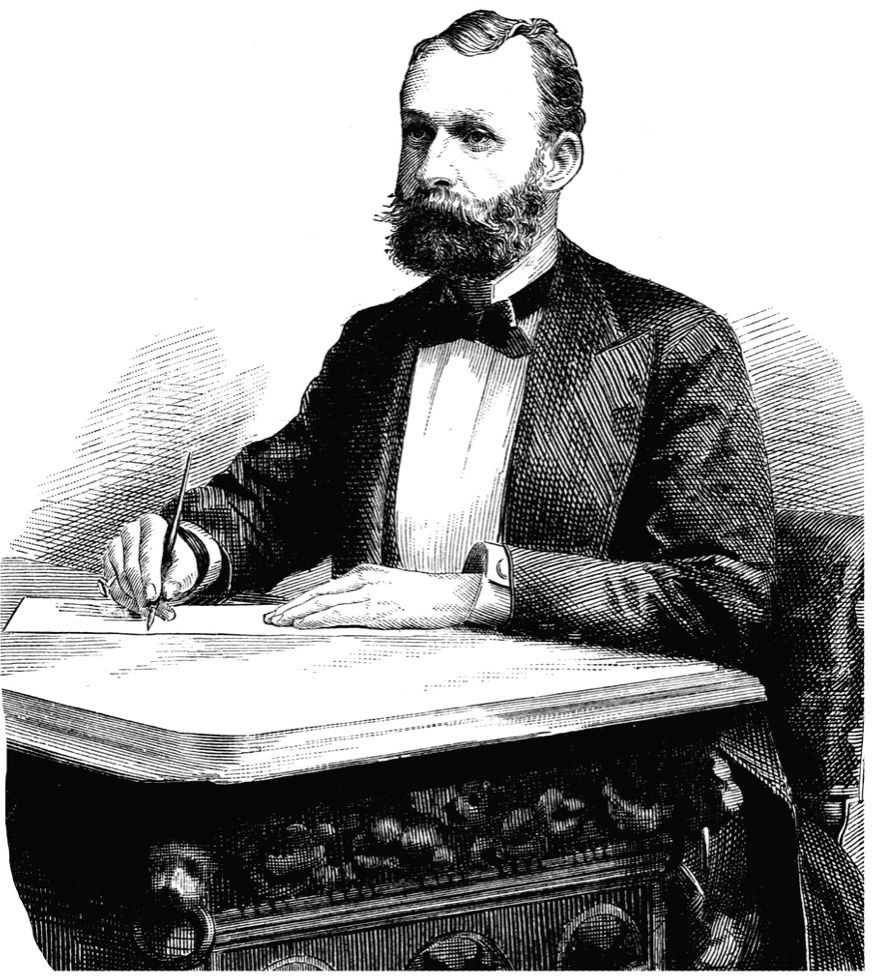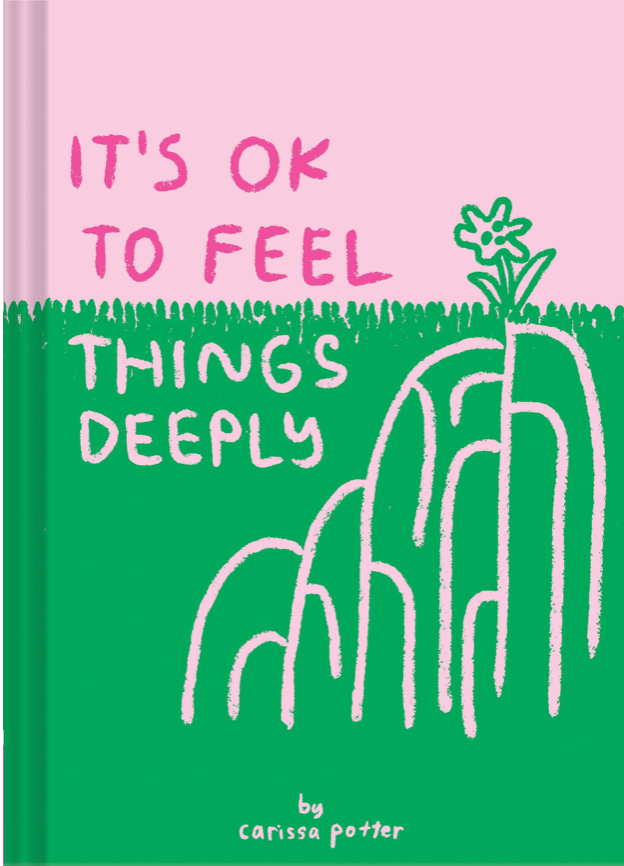Is there such a thing as writing “like a woman” or writing “like a man”? Virginia Woolf asked this question in 1929. Book critic Francine Prose asked it again in 1998. Novelist V.S. Naipaul answered it in 2011, when he declared, “I read a piece of writing and within a paragraph or two I know whether it is by a woman or not. I think [it is] unequal to me.” He went on to say that women writers were “unequal” to him because of their “sentimentality, their narrow view of the world.” So, is Naipaul right? Are women writers recognizably inferior to men?

While no thinking person would have Naipaul’s reckless aplomb to admit this verbally, I’m surprised at how many people in our supposedly progressive age still seem to find women writers inferior. While women are increasingly winning top literary prizes (like Jennifer Egan, who won the 2011 Pulitzer Prize for A Visit from the Goon Squad), a brief look at VIDA’s 2010 charts on the dispersion of male-to-female writers in literary magazines is enough to argue that this gender bias for men’s writing has not dissipated. Women writers don’t gain recognition on a broad, critical scale. As Naipaul suggests, and the top literary publications seem to believe, men’s writing can and should be taken seriously. Women, however, write sentimental, “narrow” things that do not merit critical attention.
Reading Naipaul’s comments makes me wonder how this bias against women writers could still persist in the 21st century. After all, it has been many years since Woolf published her small but important book A Room of One’s Own, in which she argues that women have been prevented from being artists by the oppressive sexism of men, who kept women subjugated, uneducated, and poor. Even though sexism persists today, women are better equipped now than ever before to fight subjugation, lack of education, and poverty. Today there are more women than men getting PhDs. Lack of education and poverty can’t be held responsible for keeping women artists from critical respect in 2011. What is it then?
The best I can tell, there is a qualitative prejudice against women’s ability to create art. A notion lingers that there is something about women themselves which makes them unable to produce serious art. Woolf touched on this aesthetic gender bias in A Room of One’s Own when she observed, “It is the masculine values that prevail. Speaking crudely, football and sport are ‘important’; the worship of fashion, the buying of clothes ‘trivial’. And these values are inevitably transferred from life to fiction. This is an important book, the critic assumes, because it deals with war. This is an insignificant book because it deals with the feelings of women in a drawing-room.”
Women preoccupy themselves with “trivial” things like cooking and nail polish; men are busy with “important” things like fixing cars and ESPN. The divide between masculine and feminine habit seems to have colored our perspectives on writing, even today. Few people question, for example, the influence of Ernest Hemingway, who wrote books about bulls and battlefields. But Woolf’s own contribution to the western canon seems in constant flux, even now. Woolf, after all, wrote books about “the feelings of women in a drawing-room.” She wrote about parties, depression, marriage, and flowers in vases. Did she write “manly” novels? No. Were they serious? Yes.
Is there something about men on an inherent and fundamental level that keeps them from enjoying a Woolf-like novel? Or have men been subtly cultured to devalue women’s writing? In her article in Harper’s magazine, Francine Prose quotes novelist Diane Johnson’s hypothesis on the subject. Johnson posits that male readers “have not learned to make a connection between the images, metaphors, and situations employed by women (house, garden, madness), and universal experience, although women, trained from childhood to read books by people of both sexes, know the metaphorical significance of the battlefield, the sailing ship, the voyage, and so on.”
While this is perhaps an overly broad swipe at boys, it’s an interesting suggestion and one that makes me think back to my own childhood reading. I read the typical list of princess-and-dragon books, Nancy Drew, Harriet the Spy, Little House on the Prairie, and the Dear America series, but I also read many books like Johnny Tremain, The Bronze Bow, My Side of the Mountain, Hatchet, and The Lord of the Rings series (interestingly enough, those first three “boy” books were written by women). It was somehow improper or undignified for a boy to be seen reading the Dear America series or other “girl” books; in fact, I can bet that my own father would have mocked my brother if he caught him reading one of his sisters’ books. And yet we girls were encouraged and even expected to read and enjoy books across the assigned gender categories.
This discrepancy between the literary education of boys and girls was impressed upon me a few months ago. I served as a judge for a city-wide short story contest for middle school girls. As I read through the dozens of submissions, I was surprised by how many girls wrote stories from the perspectives of boys. Of the seventy submissions I read, there were at least thirty that were written from the vantage point of boys. I argue that you would be hard-pressed to find any middle school boys who were writing stories from a girl’s point of view. The very idea seems ridiculous.
Why is this? My best guess is that boys are supposed to grow up to be men who read serious, masculine literature. Girls, however, are permitted to read “frivolous” books about ribbons and ponies, but they can also read “boy” books about forts and pirate ships with no apparent harm to their gender identities. If anything, as Johnson suggests, this cultural bias is an injustice and an aesthetic handicap for boys. Because then they grow up to be men who blanch at the thought of reading anything that wasn’t written by Clive Cussler.
Many men don’t take women seriously, and so it should come as no surprise that many men don’t take women’s art seriously either. I, for one, have never met a man who liked Woolf, and I think I know a lot of well-read men. Woolf’s books sound so dainty and boring. Novelist Norman Mailer dismissed her, along with all women writers, as being “always fey, old-hat, Quaintsy Goysy, tiny, too dykily psychotic, crippled, creepish, fashionable, frigid” and so on. Woolf wrote an entire novel about one day in the life of a rich woman throwing a party. Who wants to read that? Apparently not many dudes. And yet the literate men I know will proudly devour thousands of pages of James Joyce or Marcel Proust. Proust, like Woolf, was highly introspective and emotional. He wrote in a similar stream-of-consciousness style about “the feelings of women in a drawing-room,” but no one would dare question his contribution to the canon. I’ll always remember a guy at a party in college who was gushing to me about Proust, saying, “Oh my God, Proust will change your LIFE. You must read him immediately.” Would he say the same thing about Joyce? Probably. Woolf? Probably not.
The only man I’ve met who did respect and enjoy Woolf was my first-year English professor at UNC-Chapel Hill, Marc Cohen. Cohen taught my Intro to 19th- and 20th-century British Lit class. These courses, required of prospective English majors, were a rapid survey of British literature, covering generations of important poetry and six or seven novels. In my class, Cohen made the very unusual decision to choose novels that were written by women. Instead of the typical undergrad fare of Walter Scott, Charles Dickens, Thomas Hardy, and Joseph Conrad, we read Jane Austen, George Eliot, Emily Brontë, and Virginia Woolf.
Cohen’s choice to feature women novelists changed the trajectory of my undergraduate career. Because of him, I fell in love with Virginia Woolf, a writer I’d previously vowed never to read again. After that class, I knew I wanted to be an English major; political science sounded really depressing now. I ended up writing my senior honors thesis on Woolf, 120 rambling pages about mothers as artists in her seminal novels. From Cohen, I learned that women could be respected and exalted as valuable members of the English literary canon. Women writers mattered just as much as men writers. I admit that this thought had never occurred to me before.
Unfortunately, the thought never seems to have occurred to many readers and writers today. Will women writers ever be treated with the same respect and attention that men writers are? As long as prominent men who think like Naipaul are out there, the prospects of equality seem bleak indeed. Writing in response to Naipaul’s comments, Prose recently published a brief note regarding her 1998 piece in Harper’s. She says she wishes that her thirteen-year-old essay about women as lesser writers did sound dated, that it were just “a period piece about a problem women no longer have.” Regrettably, the problem of bias against women writers is alive and well.
So, what do we do about it? The problem seems insurmountable and the solutions so insignificant. I think the steps we can take are indeed simple: Women, keep writing. Men, keep reading women’s writing. Parents, let your little boys read Little House on the Prairie. And maybe, one day, women writers won’t have to labor to be taken seriously.



